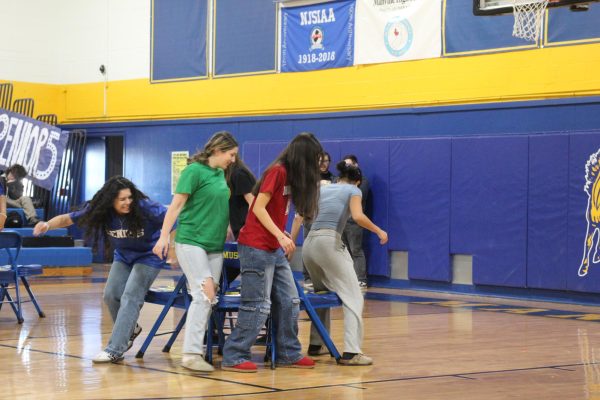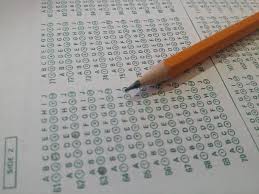Suicide: Prevalence and Prevention
Suicide, derived from the latin word suicidium, is the successful act of taking one’s own life. Suicide across history has been a serious issue, however, its prevalence has become far more severe as time went on. With the onset of the internet and the ability for people to disconnect further from each other, suicide rates have reached all new highs. This issue has drawn more attention as suicide rates are continuing to increase even to this day. In order to prevent any successful suicides or further suicide attempts, schools and other public programs have begun to set preventative steps that are there to assist those in serious positions.
There are a multitude of risk factors that have the possibility of resulting in suicide. The most cited risk factors include depression, substance abuse, genetics, psychiatric disorders, and/or family/social situational tension. The availability of weaponry and other methods of suicide increase the amount of risk, an example being that suicide rates with guns are greater when the guns are in the households themselves. Mental disorders also play an overwhelming role in the risk of suicide. Estimates suggest that up to 90% of individuals who commit suicide suffer from some type of psychiatric disorder.
Attempted and successful suicides are prevalent in a majority of countries, with suicide being the 10th leading cause of death in the world. Men are four times more likely to kill themselves with male deaths reaching 79% in the United States. Non-fatal attempted suicides are more common in women than men with adolescents being more severe. Between the ages of 15 and 34, according to a statistic created in 2017, 47,000 people lost their lives as a result of suicide. When put into perspective, that’s close to one death every 11 minutes.
Suicide prevention depends heavily on the patient’s risk factors. Treatments differ from person to person, as someone who is suffering from a mental disorder will receive counseling and medical assistance, while a person who abuses drugs will receive mostly counseling. One of the most common suicide prevention techniques is psychotherapy, or “talk therapy.” People suffering from intense depression are given antidepressants in order to supplement their anxiety and worry. Despite this, the rates of people who go to receive help are shadowed by the rates of people who follow through with suicide.
In New Jersey, suicide rates are among the lowest in the nation. The state of New Jersey has developed the Traumatic Loss Coalitions (TLC) which are based in all 21 counties. The TLC’s main objective is suicide prevention, however, it also offers trauma response assistance to schools for students or staff alike in unfortunate events. This is accomplished via statewide, regional, and county conferences, consultation, training, onsite traumatic loss response, and technical assistance. This organization is meant to assist those in danger of suicide or self-harm, one should not feel deprived of outside help.
National Suicide Prevention Hotline: 1-800-273-8255











